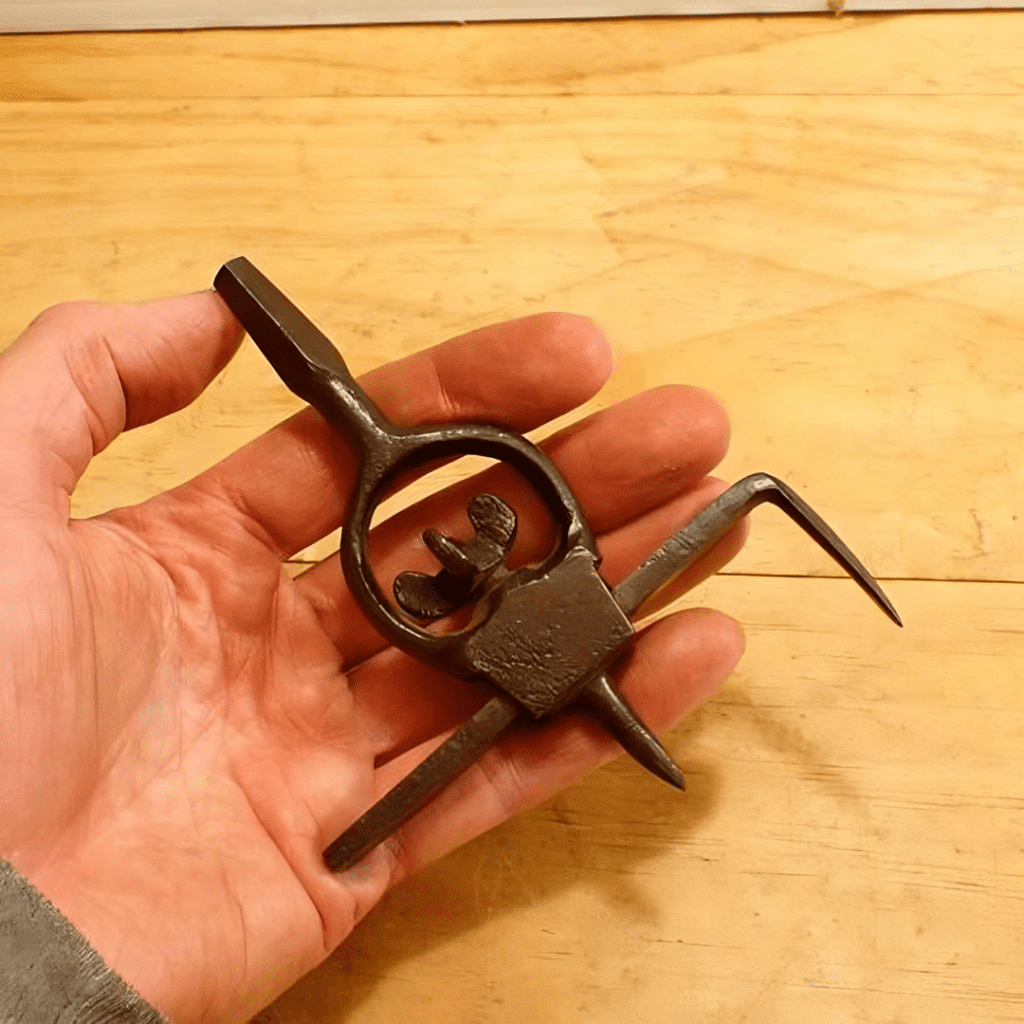The vintage washer cutter, a specialized tool designed for use with a brace and bit, stands as a testament to the ingenuity and craftsmanship of early toolmakers. Crafted with precision and attention to detail, the washer cutter exemplifies the innovative spirit of its time. This versatile tool was employed in a variety of tasks, from creating precise circular openings to shaping and refining wooden components.
The enduring influence of the vintage washer cutter is a testament to the enduring value of well-designed, functional tools. As modern woodworkers and metalworkers continue to push the boundaries of their crafts, the legacy of this iconic tool remains a source of inspiration, reminding us of the rich history and ingenuity that has shaped the evolution of the tools we use today.
The washer cutter originated in the late 19th and early 20th centuries during a time of rapid industrialization and innovation in toolmaking. Craftsmen and inventors aimed to improve efficiency and precision in woodworking and metalworking. As a result, the washer cutter emerged as a specialized tool for cutting perfect circles or washers from various materials.

Originally made from high-quality steel, these cutters featured adjustable arms to accommodate different diameters. The versatile and precise design made it essential in workshops and factories. Its integration with the brace and bit, a common hand-powered drill, further enhanced its usability, allowing craftsmen to cut clean, precise circles without powered machinery.
The washer cutter primarily created circular cutouts or washers from wood, metal, leather, and rubber. Here’s how it was typically used:
- Setup: Mount the cutter on a brace and adjust the arms to the desired diameter.
- Positioning: Place the tool on the material where the cut is needed.
- Operation: Rotate the brace manually, causing the cutter’s arms to slice through the material in a circular motion.
Carpenters, metalworkers, and hobbyists used washer cutters for tasks requiring precision and consistency. Creating uniform washers or circular cutouts was especially valuable in manufacturing and assembly processes where exact specifications were crucial.
The washer cutter’s legacy lies in its contribution to precision toolmaking and its influence on modern circular cutting tools. Although technology has advanced and powered tools have largely replaced manual ones, the principles behind the washer cutter remain relevant. Modern hole saws and adjustable circle cutters owe much to the design and functionality of the vintage washer cutter.
Collectors and tool enthusiasts today value these vintage tools for their historical significance, craftsmanship, and durability. The washer cutter represents an era when tools were built to last and designed with a deep understanding of craftsmen’s needs.
Moreover, the washer cutter highlights the evolution of hand tools and the transition to more complex and efficient machinery. It serves as a bridge between traditional craftsmanship and modern engineering, embodying the spirit of innovation that continues to drive tool development.
The vintage washer cutter for brace and bit tools symbolizes the ingenuity and skill of early toolmakers. Its precise design, versatile usage, and lasting legacy underscore its importance in toolmaking history. Whether in a workshop, museum, or collector’s display, the washer cutter stands as a testament to the enduring quest for precision and efficiency in craftsmanship.


